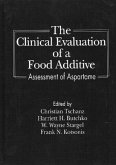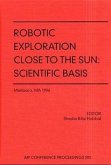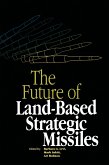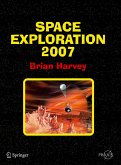Globally, the food production and processing industries produce an enormous amount of agro-based food waste, which often contains a wide array of nutrients. Specifically, food waste derived from fruits and vegetables is often used as animal feed in its raw form, since such waste contains nutritious residues, such leaves, stems, roots, tubers, seeds, and at times even whole fruits and vegetables. More recently, however, attention has turned to the potential value of agro-based waste to the chemical, cosmetic, and pharmaceutical industries. This is because agro-based food waste has been found to have various beneficial uses: orange peels are a good source of antioxidants; the oil extracted from certain seeds and pits has culinary and cosmetic applications; and the pomace produced from grapes can be used for the production of ethanol, and various textile dyes.
This Brief will discuss the various possibilities for utilizing the waste produced from fruit and vegetable processing. It will also cover the different techniques used to extract the beneficial components found in agro-based food waste.
This Brief will discuss the various possibilities for utilizing the waste produced from fruit and vegetable processing. It will also cover the different techniques used to extract the beneficial components found in agro-based food waste.








